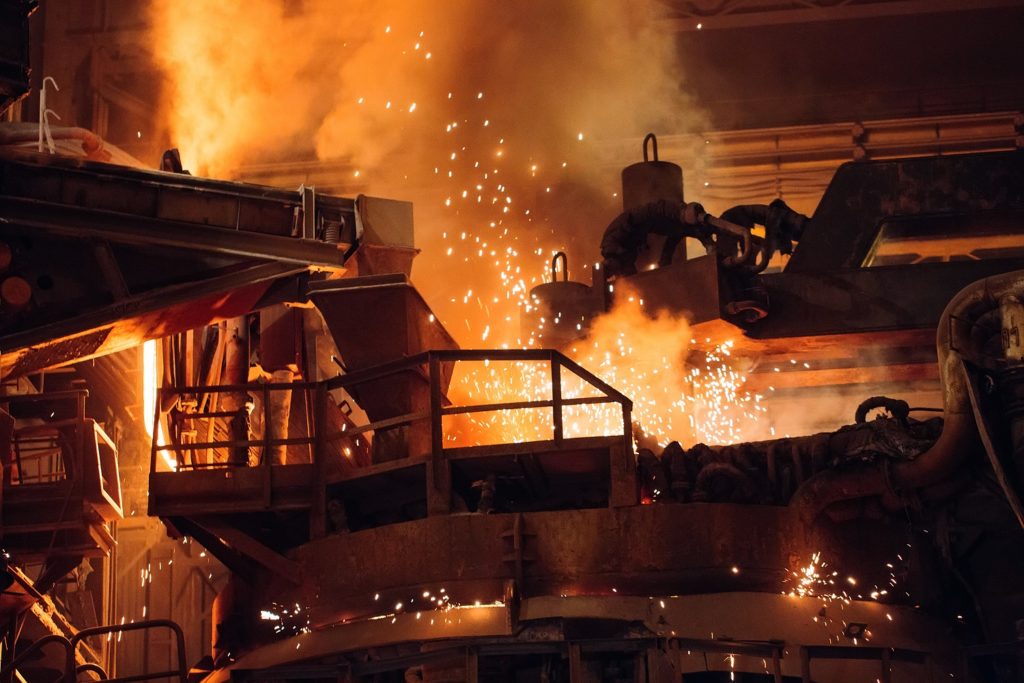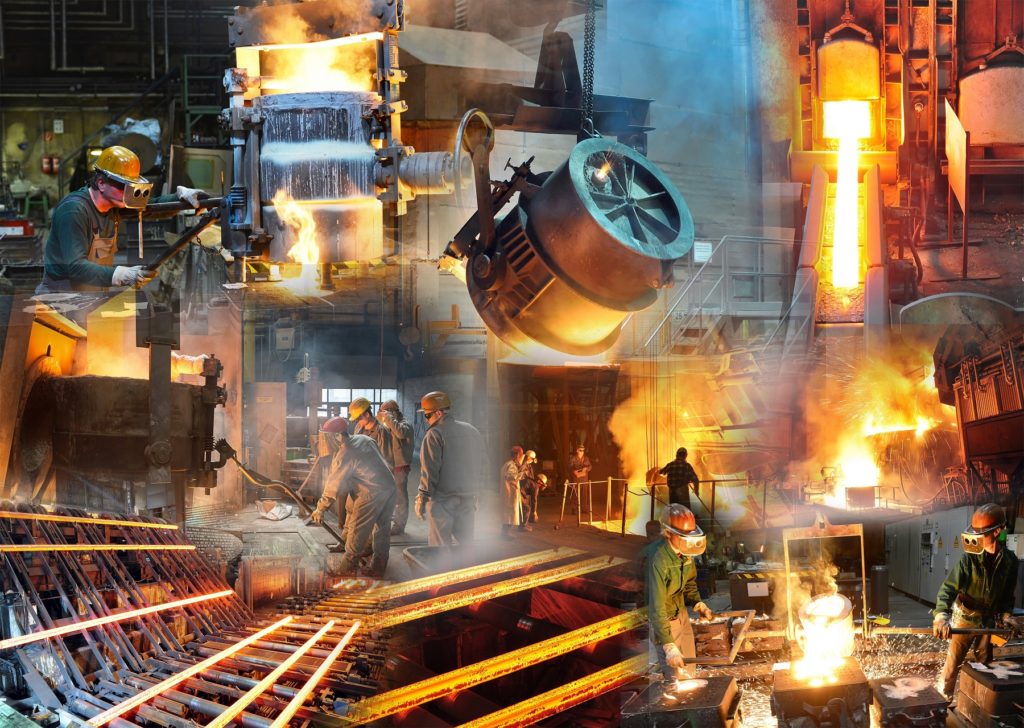- Perspective – July 2021
- Advert : Columbus Stainless
- Industry Insights & Analysis
- Market Intelligence
- Demand Sector
- Advert : NDE
- Market Insight
- Case Study – A Guide to Life Cycle Costing Analysis
- Industry News
- Africa Market Intelligence – Botswana
- Africa Market Intelligence – Nambia
- Profile Passionate Professionals
- Training Overview
- Advertorial : Columbus Stainless Champions Safety Week
- Advertorial : Macsteel Business Transformation focus delivers Independent Ownership
- Obituary
- Advert : Malondi Capital Investments
THE BEST OF THE GPS E-NEWSLETTER
Each month Sassda rounds up a selection of global and local market intelligence articles that are sent to our members in an easy to read package of content. They’re designed to highlight pockets of potential growth in demand for stainless steel. Here are some of the best articles from the last few issues.
STEEL MASTER PLAN STEPS UP

One of the most important developments in the local steel sector in the last five years - The Steel Master Plan - was signed by The Minister of Trade, Industry and Competition, Ebrahim Patel in June, along with industry stakeholders from the steel and metal fabrication sector including Sassda. The plan provides a blueprint for the industry to re-energise itself and expand production and sets out practical steps to be implemented progressively by all stakeholders across the steel and fabrication value chain. It includes six priority areas namely: Demandside measures; Supply-side measures; African Continental Free Trade Area Agreement, Transformation, Human Resources and a Shared Vision and; Resource Mobilisation and the Steel Fund.
STEEL MASTER PLAN – SASSDA’S PERSPECTIVE

In a recent interview with Engineeringnews. co.za Sassda reported that localisation features prominently in the recently launched Steel Master Plan, and it includes negotiations with mass retailers to source locally manufactured stainless steel consumerware. Speaking about the localisation of the
South African stainless steel industry, Acting Executive Director Michel Basson stated that there are a number of projects with potential for the extensive use of stainless steel in the infrastructure, water supply, sewage and water treatment, food and beverage and health and safety sectors. These projects hold great potential for downstream local stainless steel demand.
LOCALISATION PROVIDES KEY GROWTH WINDOW FOR SA INDUSTRY

Small Business Development minister Khumbudzo Ntshavheni says the department is in talks with the Department of Trade Industry and Competition (dtic) to designate more products under the 100% local content category to support SMMEs in the local manufacturing sector. She reports: “We are working with the dtic to designate more products for 100% or 80% local content to minimise the entrance of other products in the country. In addition, we are working with the South African Revenue Service and customs to make sure that those products that are designated for 100% local content are not allowed on our shores to protect local companies.”
THREE TRENDS DRIVING CHANGE FOR INDUSTRIAL MANUFACTURERS IN 2021

Forbes.com reports that the global pandemic has forced many industries to change course, and industrial manufacturing is no exception. Forward- looking, industrial manufacturers that had already started their digitalisation journey were in a much stronger position during the pandemic. Now, many industrial equipment manufacturers are taking what they’ve learned from the ongoing crisis and they’re investing in new technologies, processes, and business models, to emerge stronger than before and prepared for the next disruptive event.
DEMAND SIDE - WHAT ARCHITECTS NEED TO SEE IN MANUFACTURERS’ ARCHITECTURAL SPECIFICATIONS

According to Anneke Anker, architectural product specialist for BuildConnect, manufacturers that fail to improve the quality of architectural specifications provided online, risk not being specified in architects’ projects. According to Anker, there are seven categories of information that architects require. “Start by providing a product name and description,” she explains. “This may include any information that describes the product, such as the thickness, colour or material used. The architect may need a generic specification (compulsory for government projects) which describes the product in detail but excludes the product name.”

